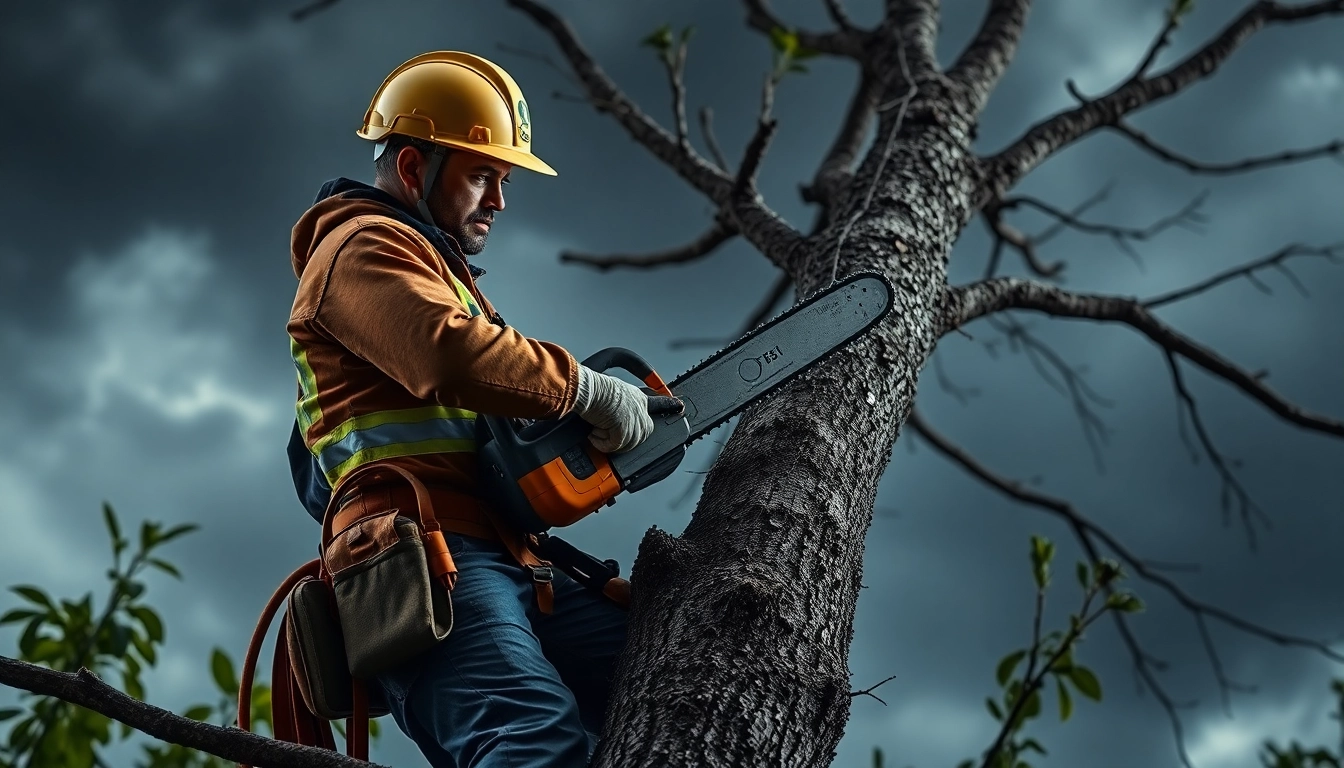Understanding Drywall Painting
What is Drywall Painting?
Drywall painting refers to the process of applying paint to drywall surfaces, primarily used indoors to create a finished and aesthetically appealing environment. This task combines preparation, application, and finishing techniques to ensure that walls not only look beautiful but also provide durability. Whether it’s for a new build or a renovation project, drywall painting is a crucial step in the interior design process, allowing homeowners to express their styles through color and texture.
The Importance of Preparation
Proper preparation is instrumental in the success of any painting project. For drywall painting, this means ensuring that the surface is smooth and free from any defects. Basic preparation steps include cleaning the walls, filling any holes or dents, and ensuring the drywall is sanded down to a fine finish. If not properly prepared, the paint will fail to adhere correctly, leading to peeling, flaking, or an uneven appearance over time.
Common Mistakes to Avoid
- Skipping Primer: Many homeowners underestimate the importance of using a primer before painting. A quality primer seals the drywall and provides a base for the paint, enhancing adhesion and improving the paint’s final appearance.
- Not Sanding Properly: Failing to sand the drywall can result in an uneven finish. It’s vital to smooth out any bumps, especially in areas with joint compound.
- Choosing the Wrong Paint: Using the wrong type of paint for your specific drywall can lead to issues with adhesion and durability. Always select paints suited for interior use and designed for drywall surfaces.
Essential Tools and Materials for Drywall Painting
Choosing the Right Paint and Primer
Selecting the right paint and primer is fundamental for achieving a professional finish. Most experts recommend using acrylic or latex paints for drywall, as they provide good coverage and durability. When choosing a primer, look for PVA (Polyvinyl Acetate) primers, especially for new drywall applications. A quality primer will help cover the dust and joint taping, creating a uniform surface for the paint.
Necessary Tools for the Job
Having the right tools can make a significant difference in the quality of your drywall painting job. Basic tools include:
- Paint Roller and Tray: Essential for smooth and even coverage over large wall surfaces.
- Brushes: Necessary for cutting in the edges near ceilings and trim.
- Sanding Sponges or Blocks: For smoothing out imperfections before painting.
- Drop Cloths: To protect floors and furniture from paint splatters.
- Tape: Painter’s tape will help achieve clean lines at edges and corners.
Safety Precautions When Painting
When undertaking any painting project, safety should always be a priority. Ensure adequate ventilation in the workspace to avoid inhaling fumes, and consider the use of a mask and safety goggles when sanding or applying primer and paint. As with any home improvement task, protective gear such as gloves and long sleeves can prevent skin irritation from chemicals found in paint.
Step-by-Step Process of Drywall Painting
Preparing the Walls for Painting
The preparation stage is critical and should never be rushed. Here are the essential steps:
- Begin by cleaning the walls to remove dust and grease. A damp cloth or sponge works well.
- Inspect the drywall for any holes or imperfections. Use joint compound to fill these areas, and allow it to dry completely.
- Sand the repairs to create a smooth surface. Vacuum the dust away once completed.
- Apply a coat of primer to seal the drywall. This coat will also help in achieving true color when applying the topcoat.
The Painting Techniques to Use
Once the walls are prepared, it’s time to paint. The following techniques can help ensure a beautiful finish:
- Cutting In: Use a brush to ‘cut in’ around edges, corners, and trim before using a roller. This provides better control and a clean finish.
- Rolling: Use a roller for the majority of the wall surface. Dip it in paint, roll off excess, and use a zig-zag motion to apply.
- Applying Multiple Coats: Depending on the color and type of paint, more than one coat may be necessary. Allow each coat to dry before applying the next.
Final Touches and Cleanup
After painting, inspect the walls for any missed spots. Touch up these areas as necessary once the paint is fully dry. Cleanup involves washing your brushes and rollers immediately after use, properly disposing of any paint cans, and removing painter’s tape before the paint dries completely to avoid peeling.
Advanced Tips for a Professional Finish
How to Achieve Even Coverage
For an even finish, especially when using bold colors, apply a technique known as back-rolling, where you go over painted areas quickly after rolling to remove excess and achieve a uniform texture. Using a quality roller cover designed for your particular paint type can also make a notable difference in achieving even coverage.
Techniques for Textured Finishes
If you’re looking to add some dimension or personality to your walls, consider textured painting. Techniques such as sponge painting, rag rolling, or using texture rollers can create interesting finishes that stand out. Always practice your technique on a scrap piece of drywall before applying it to your walls.
Recommended Drywall Painting Products
To ensure that your drywall painting project is successful, opt for reputable brands known for quality paints and tools. Brands like Benjamin Moore and Sherwin-Williams provide premium products that yield excellent results. For primer, consider Zinsser or Behr, both of which are well-regarded in the industry.
Maintaining Your Painted Drywall
Best Practices for Care and Maintenance
After the painting is completed, maintaining your drywall is necessary to keep it looking its best. Regular dusting and cleaning with a soft cloth can prevent dirt build-up. For deeper cleaning, use a damp sponge with mild soap but avoid aggressive scrubbing that may damage the paint finish.
Touch-Up Techniques for Damage
Wear and tear may occur over time, resulting in chips or scuffs. For minor touch-ups, it’s helpful to keep a small amount of the original paint for repairs. Lightly sand the damaged area, apply a primer if necessary, and then use a small brush for precision in applying touch-up paint.
When to Repaint Your Walls
Knowing when to repaint your walls can help maintain their appeal. Generally, interior walls may need a refresh every 5-10 years, depending on wear and tear, the room’s purpose, and environment factors. Rooms with high humidity, like kitchens and bathrooms, may require more frequent painting due to moisture damage.



